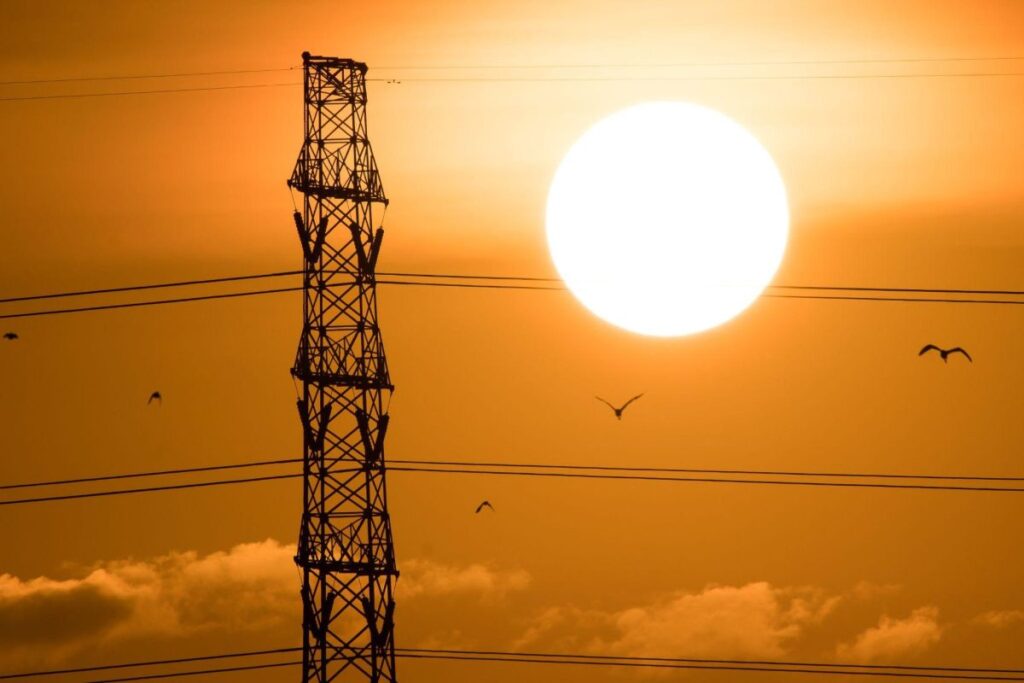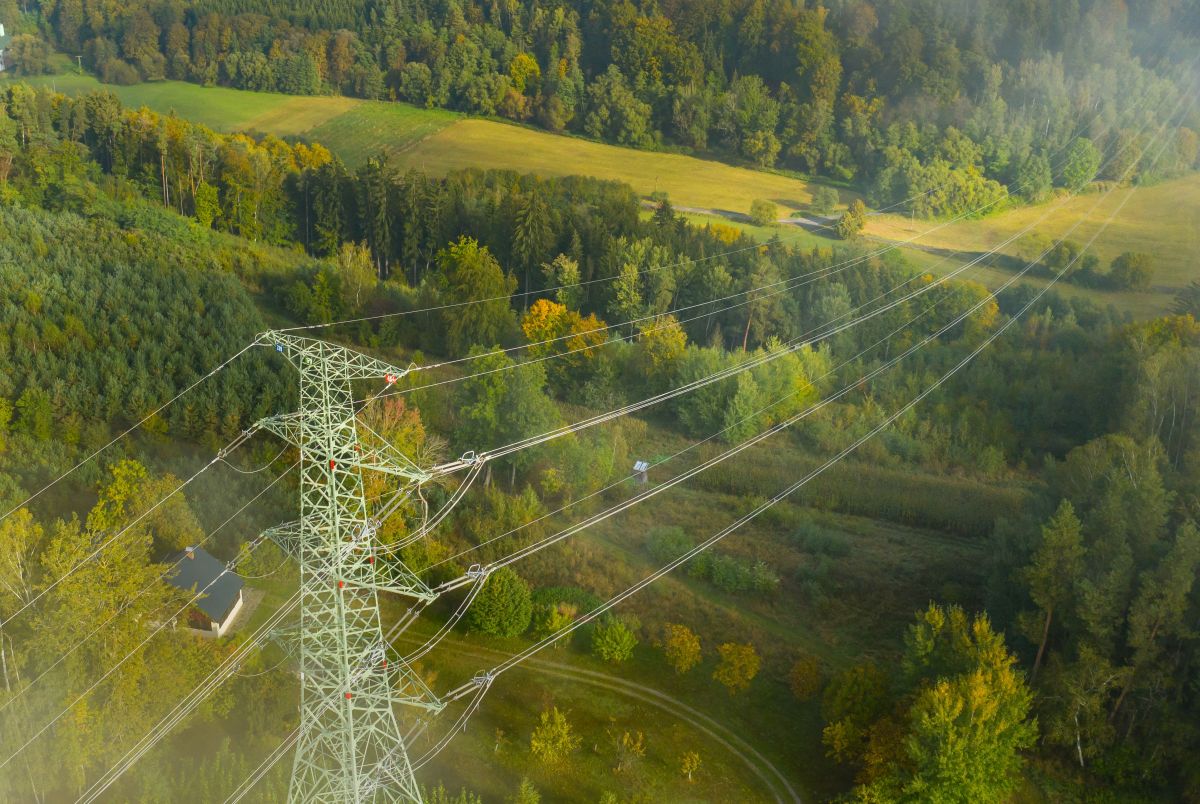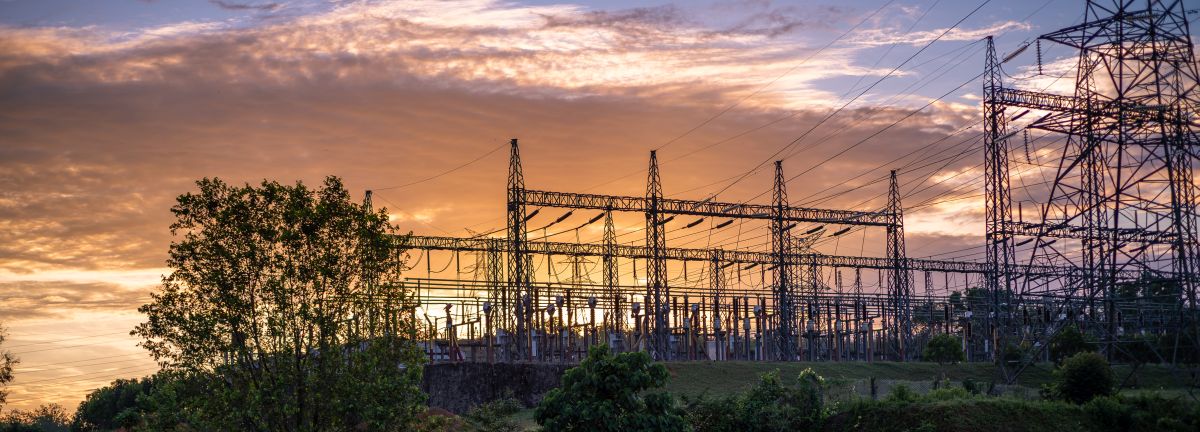WWW.UTILITYDIVE.COM
Dive Brief:
- Large portions of the U.S. and Canadian electric grids are at risk of electricity supply shortfalls during heat waves and other extreme weather events this summer, the North American Electric Reliability Corp. said Wednesday in its 2024 Summer Reliability Assessment.
- NERC identified seven areas facing an “elevated risk” of shortfalls due to rising demand, generator retirements and unplanned outages, drought and the potential for low wind performance. Those areas include portions of Texas, California, New England and the Midwest.
- The addition of about 25 GW of solar capacity to the bulk power system since last year, however, means that all parts of the grid should have adequate supply for normal peak load, according to the assessment.
Dive Insight:
The North American electric grid is rapidly changing, with electrification bringing new demand and renewables supplying more of the needed energy.
“What we’re really seeing is a transformation of our system, but also in the types of risks. As we address one risk, other risks pop up,” John Moura, NERC’s director of reliability assessments and performance analysis, said Wednesday during a call to discuss the summer assessment.
Grid operators should be prepared for extreme temperatures this summer, said Mark Olson, NERC’s manager of reliability assessments. Weather services in the U.S. and Canada “are warning that challenging heat conditions may be in store,” he said.
NERC’s determination that areas face “elevated risk” is based on a scenario analysis that includes high demand forecasts, historical high outage rates and low wind or solar output.
“Demand is growing. There are many areas growing at a rapid pace, and that is putting pressure on resource adequacy and on the transmission system. So there are some concerns for system adequacy,” Olson said.
Reports filed with the Federal Energy Regulatory Commission show grid planners expect peak demand to grow 38 GW over the next five years.
NERC’s assessment found:
- In the Midcontinent Independent System Operator territory, new solar and gas-fired generation and additional demand response resources have been offset by generator retirements, lower firm imports and increased reserve requirements.
- New England will have less available capacity this summer following the retirement of two gas-fired units at Mystic Generating Station in May, making it more likely the region will need to depend on non-firm supplies from neighboring areas during periods of grid stress.
- The Electric Reliability Council of Texas could face a risk of emergency conditions in the evening hours due to “continued vigorous growth in both loads and solar and wind resources.” Under certain grid conditions, when demand is high and renewable production low, the grid operator may need to limit power transfers from South Texas into the San Antonio region.
- Parts of California will have higher on-peak reserve margins due to new solar and battery resources, and reduced drought conditions have bolstered the state’s hydro resources. Some loss-of-load risk remains in areas of the Western Electricity Coordinating Council when demand is high and there is low solar generation.
The limited transfer capacity available between regions will help grid operators manage through times of tight supply, Moura said, but also requires an integrated assessment as resources and weather patterns shift.
“One of the things that is absolutely visible, not only today but looking into the future, is that we’re relying more than ever on our neighbors,” Moura said. “That’s a central component to the overall picture when we’re thinking about reliability: resilience and more reliance on our neighbors and the resources they might have to meet reliability needs.”
Later this year, NERC will publish a Congressionally-mandated interregional transfer capability study that will include recommendations for “prudent additions” to transfer capacity, he said. The study must be filed with FERC by Dec. 2.
FERC on Monday finalized a transmission planning and cost allocation reform rule to aid the development of transmission. That decision “is helping to move the ball forward” on improved reliability and resilience, Moura said.
“And it’s not always about building wires,” he said. Increasing transfer capability could include demand response additions, or technologies to expand capacity on existing equipment. “So there are many options to be more confident in those … transactions, especially in extreme conditions.”
NERC has other grid assessments in the works. The reliability watchdog will soon publish a state of reliability report looking at changes to historical system trends, and then later this year will issue a long-term assessment that evaluates reliability over the next 10 years, said Moura.











